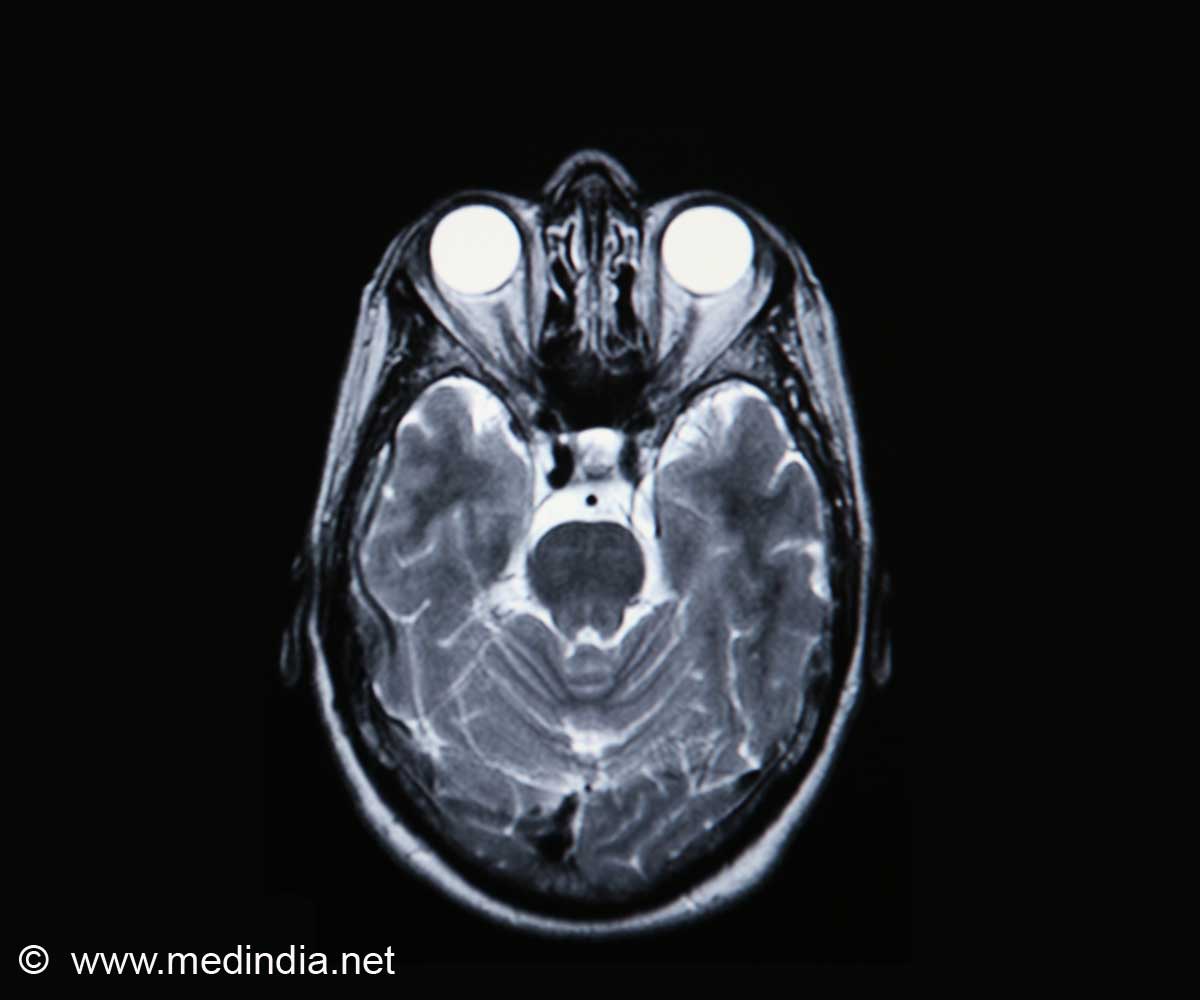
The team includes Maria Blasco (Spanish National Cancer Research Centre, CNIO), Carlos Lo'pez-Otiin (University of Oviedo), and Manuel Serrano (CNIO), along with Linda Partridge (Max Planck Institute for Biology of Ageing) and Guido Kroemer (Paris Descartes University).
Their inspiration came from a classic 2000 paper, The Hallmarks of Cancer, also published in Cell, which marked a watershed in cancer research.
Blasco, Serrano and Partridge contacted Cell proposing a similar effort to systematically review and organize the state of knowledge on aging; Lo'pez-Otiin and Kroemer had also come to the conclusion that this kind of analysis was much needed, and decided to share their ideas and efforts to get the project off the ground.
"The current situation of aging research exhibits many parallels with that of cancer research in previous decades," reads the opening paragraph of the resulting paper, titled The Hallmarks of Aging.
"The aging field has been notoriously more abundant in theories than experimental evidence," says Blasco; "this review doesn't discuss theories, but molecular and genetic evidence." For Lo'pez-Oti'n "the time had come to set out in organized, understandable fashion the molecular keys to what is still a little known process, despite the thousands of scientific papers published on the subject every year."
Advertisement
The relationship is clear: aging is the result of the lifelong accumulation of DNA damage, and it is this same process that causes cancer, diabetes, cardiovascular disease and neurodegenerative conditions like Alzheimer's.
Advertisement
This hierarchy is important, because different effects can be achieved by acting on one or other of these processes. By acting on just one mechanism, if it numbers among the primaries, we can delay the aging of many organs and tissues.
Source-ANI









